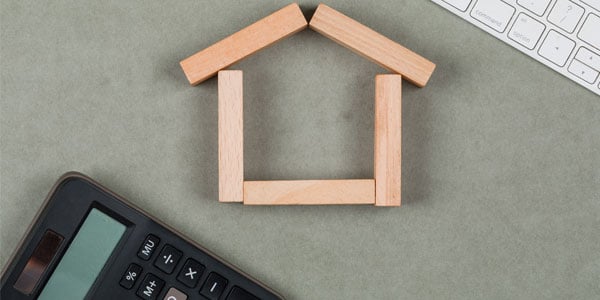Whether it is updating a kitchen, covering medical expenses, consolidating debt or refinancing your mortgage, there are times in life when you need access to cash. One possible way to get the money you need is through a home equity loan which relies on the equity you have available in your home.
What is equity? Good question! Equity is the difference between what you owe on your mortgage and what your home is currently worth. Every month that you pay your mortgage you gain a little more equity which can be taken out in the form of a home equity loan. There is a lot to learn about this type of loan but it’s well worth your time to understand the benefits as well as what to expect when you decide to apply.
How Does a Home Equity Loan Work?
Home equity loans are a type of secured loan that uses the equity in your home as collateral. Homeowners repay the loan with monthly payments over a fixed term. The amount you can borrow is typically up to 90% Loan-To-Value, which means up to 90% of the home’s overall value. Your income and credit history also factor into the maximum amount a lender is willing to finance.
How Much Can You Borrow?
The maximum amount you can borrow with a home equity loan(pillar) depends on the equity and the Loan-To-Value ratio (LTV). Follow the example below to determine how much you could potentially borrow.
To determine a home's equity, first, you need to know its market value. Then, you must subtract the balance on your mortgage from the market value. For example, you have $175,000 left on your mortgage, and the appraised value is $500,000. The home's equity is $500,000 minus $175,000 or $325,000.
To qualify for a home equity loan, you must have more than 10% equity in your home. You would also need a minimum credit score is 640 for a fixed-rate 2nd mortgage and a DTI (debt to income ratio) of 45%.To determine the equity percentage, calculate the LTV. First, divide the loan balance by the appraised value. Then, multiply the result by 100. Subtracting the number from 100 gives you the percentage of equity in your home. For example, dividing the loan balance of $175,000 by the appraised value of $500,000 results in 0.35. Multiplying 0.35 by 100 equals an LTV of 35%. Subtracting the LTV from 100% gives a percentage of equity of 65%.
The maximum loan amount cannot exceed 90% of the home's appraised value. In the example, 90% of $500,000 is $450,000. From the $450,000, subtract the balance due on your mortgage, which is $175,000. The difference between the appraised value, which is $275,000, is the maximum loan amount.

How Can You Use a Home Equity Loan?
Using the equity in your home to pay for expenses is a great low-rate way to make the things you need affordable. Home equity loans can be used for endless possibilities. Most borrowers use the loans for home improvements, debt consolidation, college tuition, medical expenses, or to refinance their mortgage.
Are Home Equity Lines of Credit the same as Home Equity Loans?
A home equity line of credit or HELOC differs from a home equity loan because it operates as a revolving line of credit like credit cards where you only make payments on the amount you have borrowed. For example, you have a HELOC of $100,000, you spend $20,000 to put on a new roof, your monthly payments would be based on the $20,000, not the $100,000.
It is also different because they come with a variable interest rate based on the Federal Reserve's prime rate, versus a fixed rate, and they are structured in two parts, the draw period (when you can withdraw money) and the repayment period. Payments must still be made in the draw period, but typically they just reflect the interest due.
They are similar in that the maximum loan amount a borrower can access from a HELOC is the same as the amount they would qualify for with a home equity loan, which is 90% of the home's equity.
For more information on home equity loans and other home improvement financing options as well as tips for which projects will increase your home's value, review our "Home Improvements Made Easy: Your Complete Guide to Using Home Improvement Loans the Right Way".




